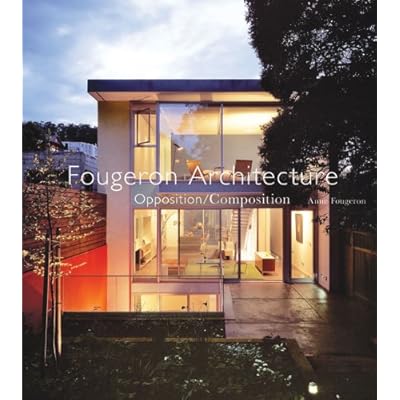When More is Really Less
The tendency in architecture these days is to go bombastic: think big hair beehives in the 60’s, not to be missed, in your face, flashy and maybe a little tacky….and all under the guise of modernity.

Frank Gehry’s Louis Vitton Foundation
Just like mentioned in the Devil Wears Prada, economics doesn’t trickle down but style does. So when there’s this tendency for grandiose object making architecture by brilliant architects, the aesthetic trickles down to the more common, but the buildings become more desperate. Without the knowledge and context of a season architect, it becomes a hodge-podge of copy and paste. If you can have wood sliding, wood panels, metal and copper, why not add metal screens, glass, tile and stucco?
The facades become only skin-deep, full of materials and not much else. But the good news is, no matter how horrifically a building is, someone will deem it worthy of publication, 15 seconds of fame on the Internet.
Humor aside, it isn’t just the lack of weight and meaning behind the facades. It really is what this represents. The thing here is that these buildings are supposedly modern in form but really there are post-modern in their exterior expression—an attempt to resolve the architecture of the new with the appreciation of the old. The ornamentalism and contradictions of post-modernism cannot co-exist without much education, thought and deliberation. Post-modernism is a beast of rule breaking and remaking. This is the ultimate revenge of post modernism (ugly post modernism, at that), which got shunted by modernism in the 90’s. It has insinuated itself back–behind the scenes– reemerging in the hands of the modernist who are desperately trying to differentiate themselves.
All the glass facades have begun look alike. How many variations on mullions, glass colors and module layout can you do? Is the issue education? How young architects sometimes seem oblivious to any “modern” architecture before 2000? History is a subject no longer taught or in fashion in architectural education. So the newbies to the industry design with panache, unaware that it has all been done before. Worse yet, they design without much reference to the successful buildings of the past. But it’s a hard to slay a beast if you don’t know why you’re fighting it in the first place.








